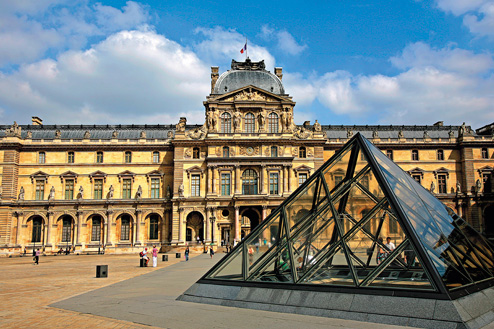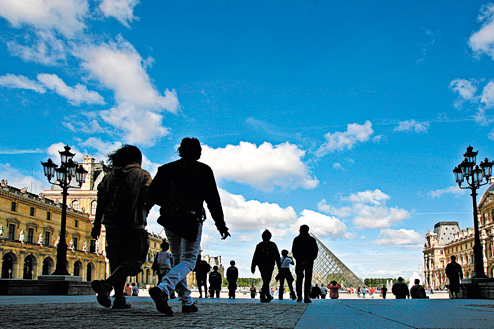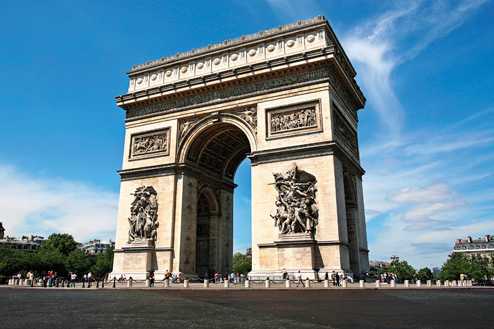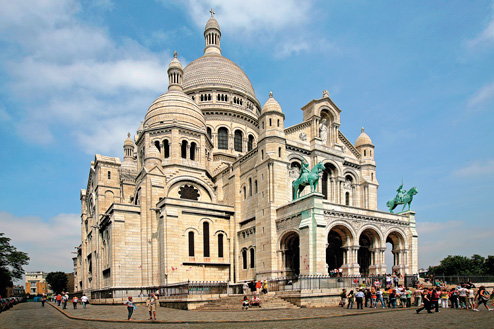The Marais
Cultured by day, hip by night, the Marais is most visitors’ idea of a perfect Paris stroll. Largely spared the Haussmann treatment, and neglected until recent decades, the area oozes history at every turn. Massive double carriage gates reveal glimpses of ancient courtyards, while up-and-coming fashion designers display desirables from snug timber-beamed studios. Some magnificent mansions are now major museums, among them the Musées Picasso (p.177) and Carnavalet (p.170). Throw in a good measure of other curiosities, such as the Cognacq-Jay (p.171), the Musée de la Chasse et de la Nature (01 53 01 92 40) and the Musée de la Magie (01 42 72 13 26), and you can easily fill a weekend or three.
On the rue de Rivoli, the grand Hôtel de Ville (p.165) exerts a gravitational pull on Marais life, hosting popular exhibitions, while its square is the focus for Paris Plage (p.182). Behind the indispensable BHV department store (p.290), the gay scene centres on the rues des Archives and Ste Croix-de-la-Bretonnerie. The cluster of streets around rue des Rosiers has been the Jewish quartier since the 12th century, and retains its character still.
Set apart a little to the north, the Musée des Arts et Métiers (p.174) is quite unlike other science museums, occupying a 12th century abbey. Towards République, the Marais becomes more working class. Don’t skip the remarkable place des Vosges, just short of Bastille. Hardly altered since 1612, it’s the city’s oldest square. At number 6, you’ll find the red brick House of Victor Hugo (p.163).













